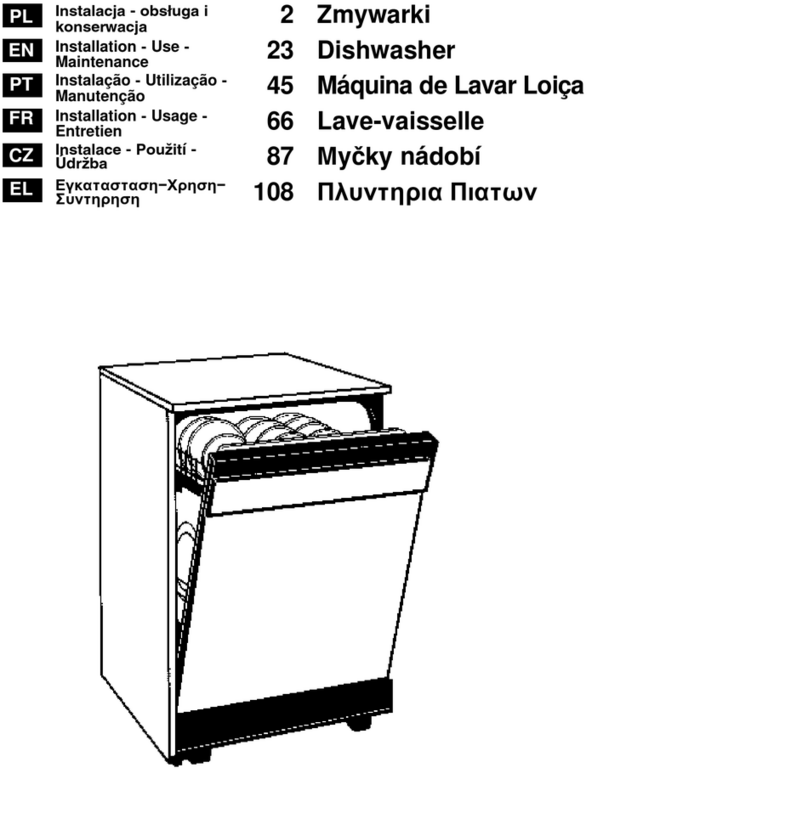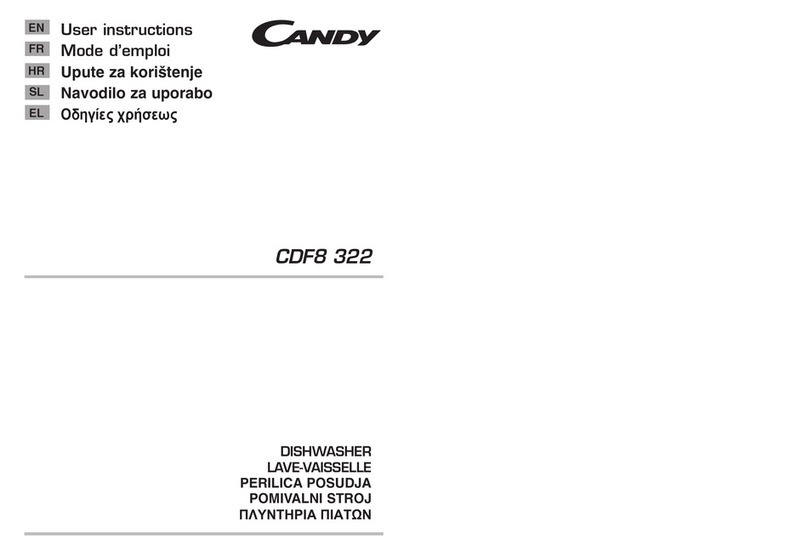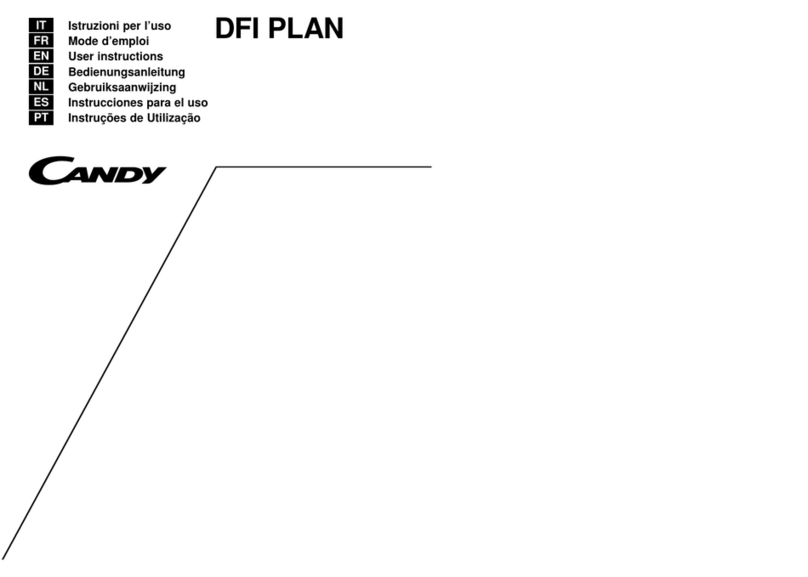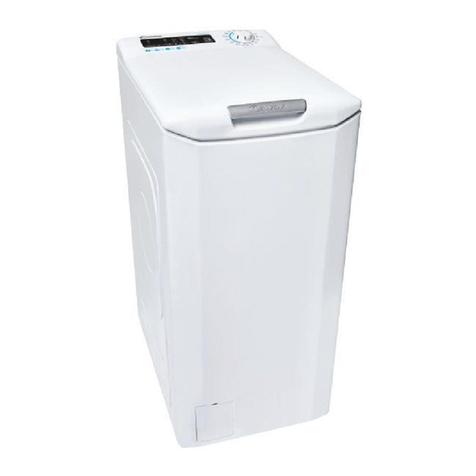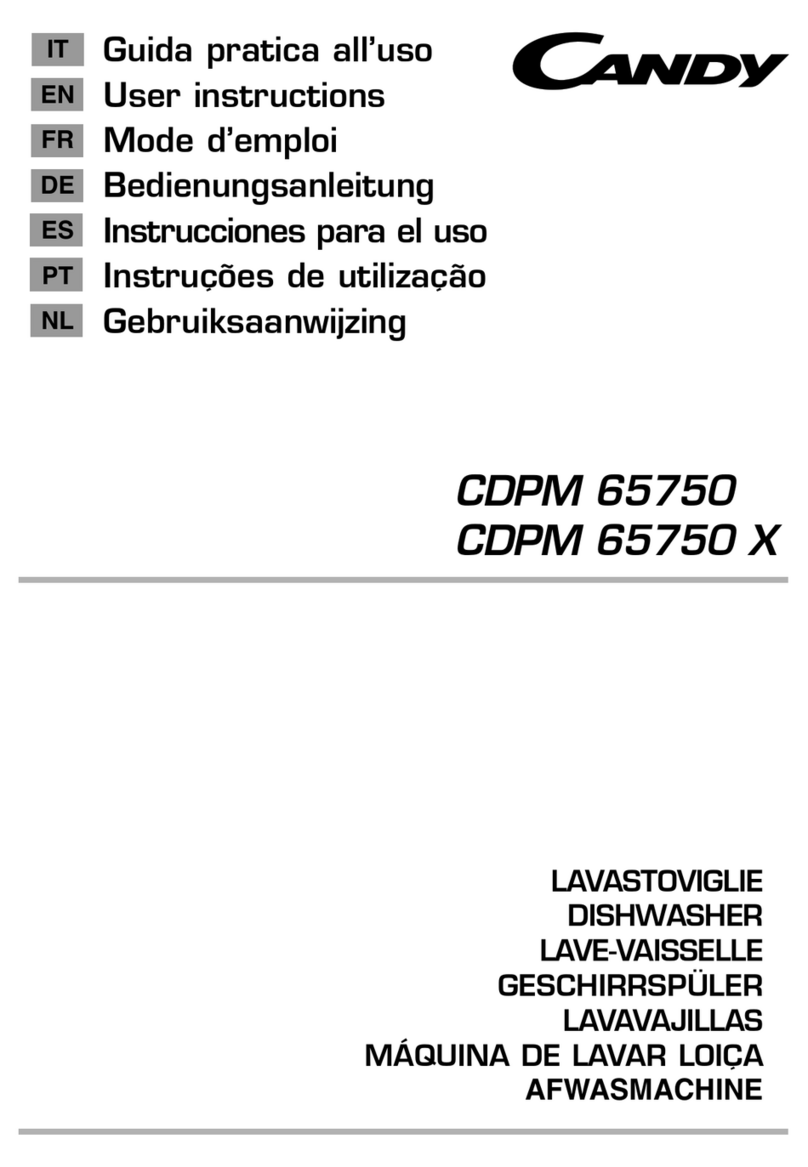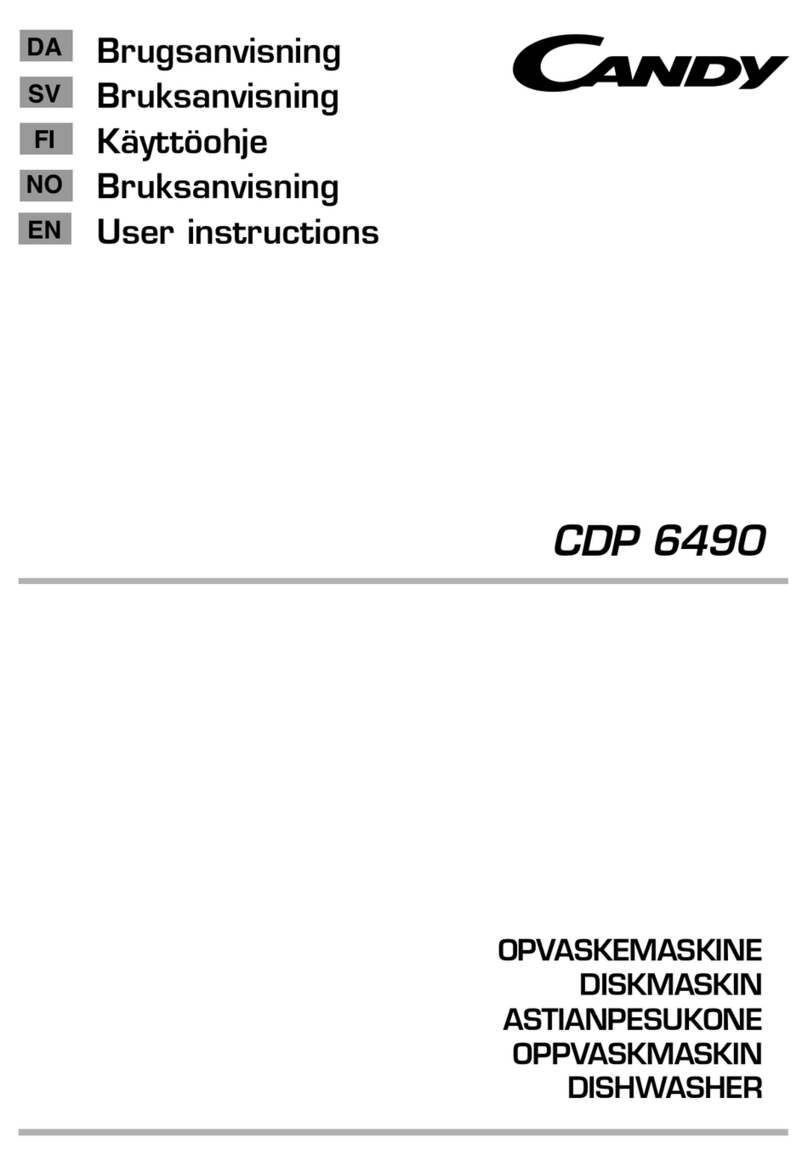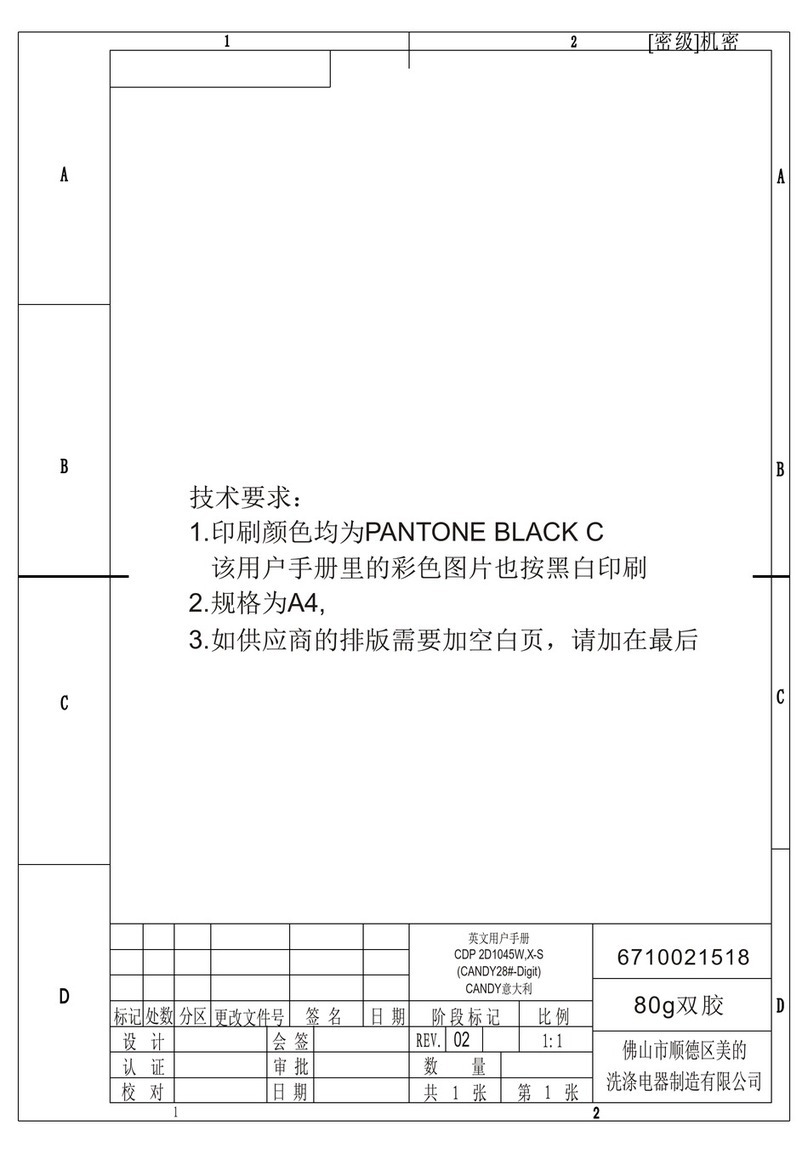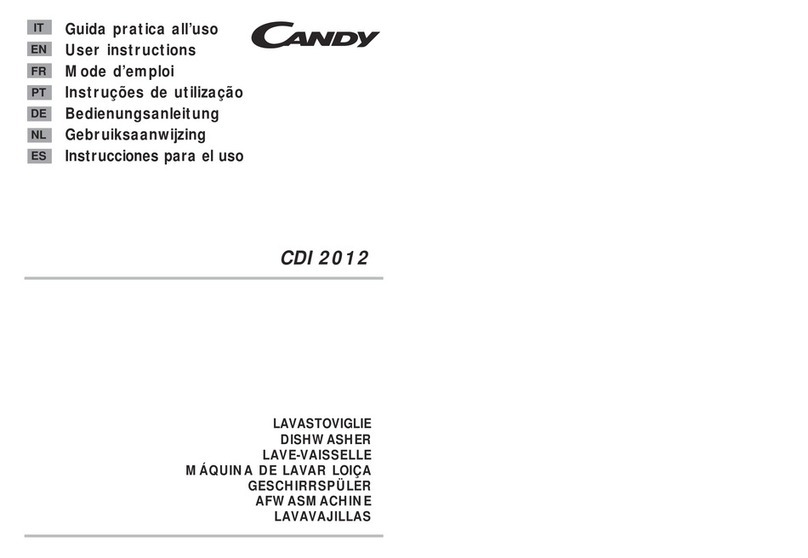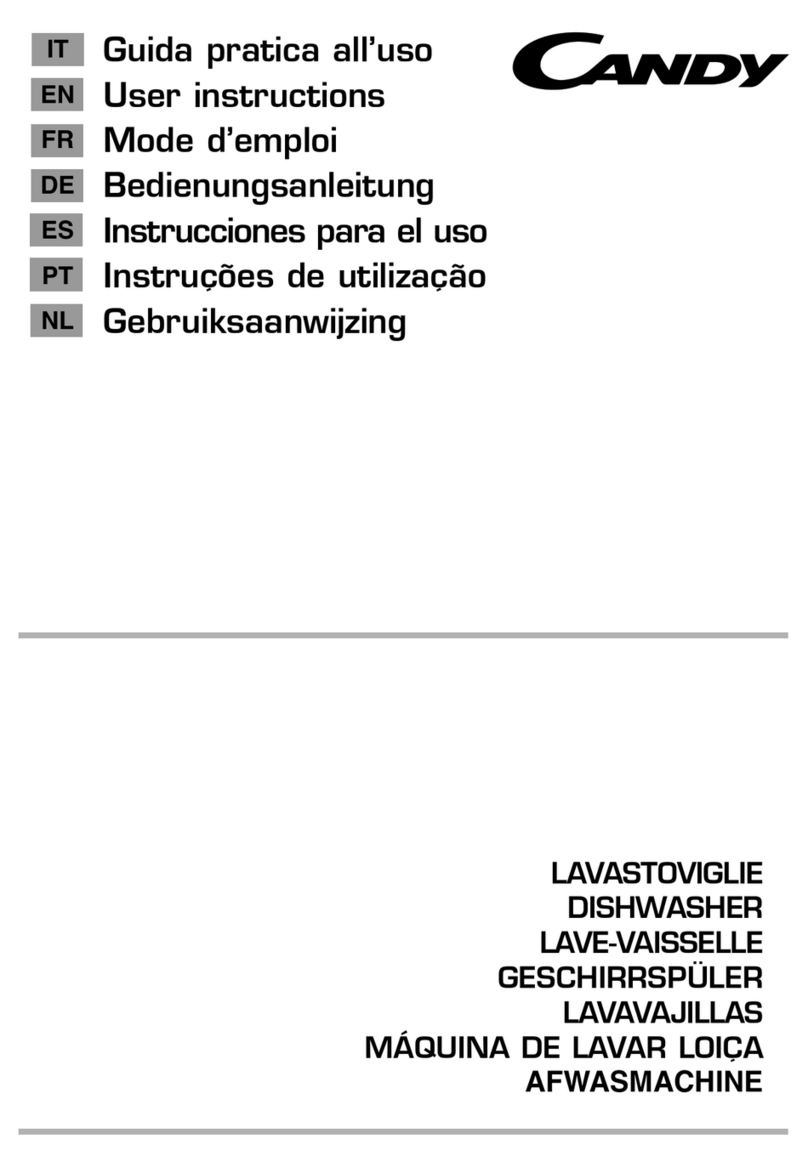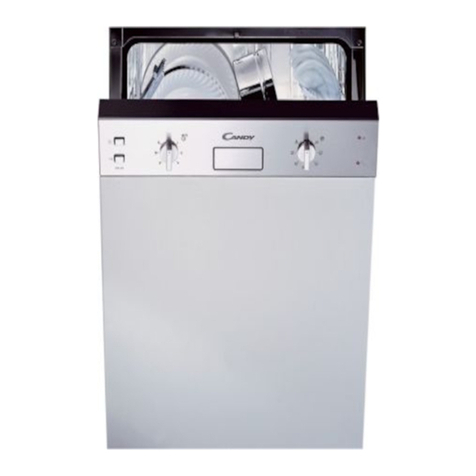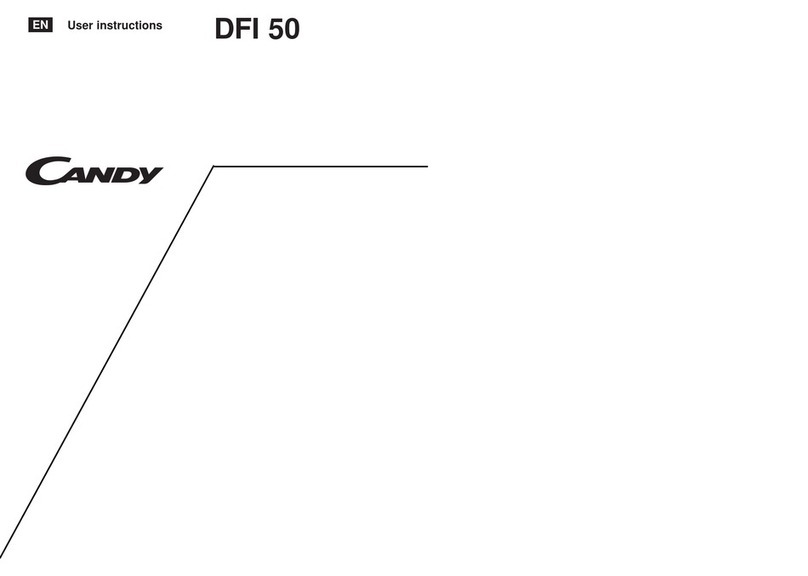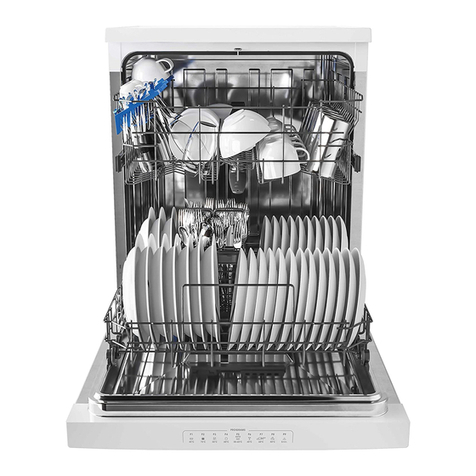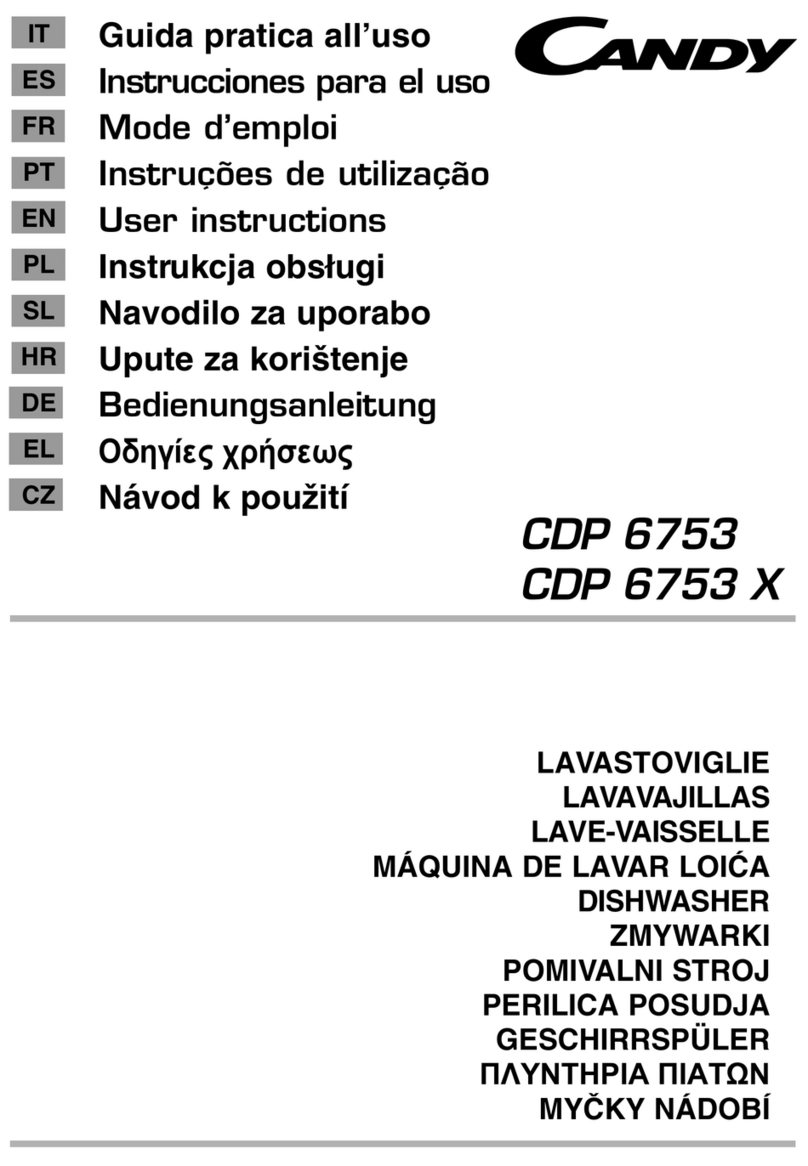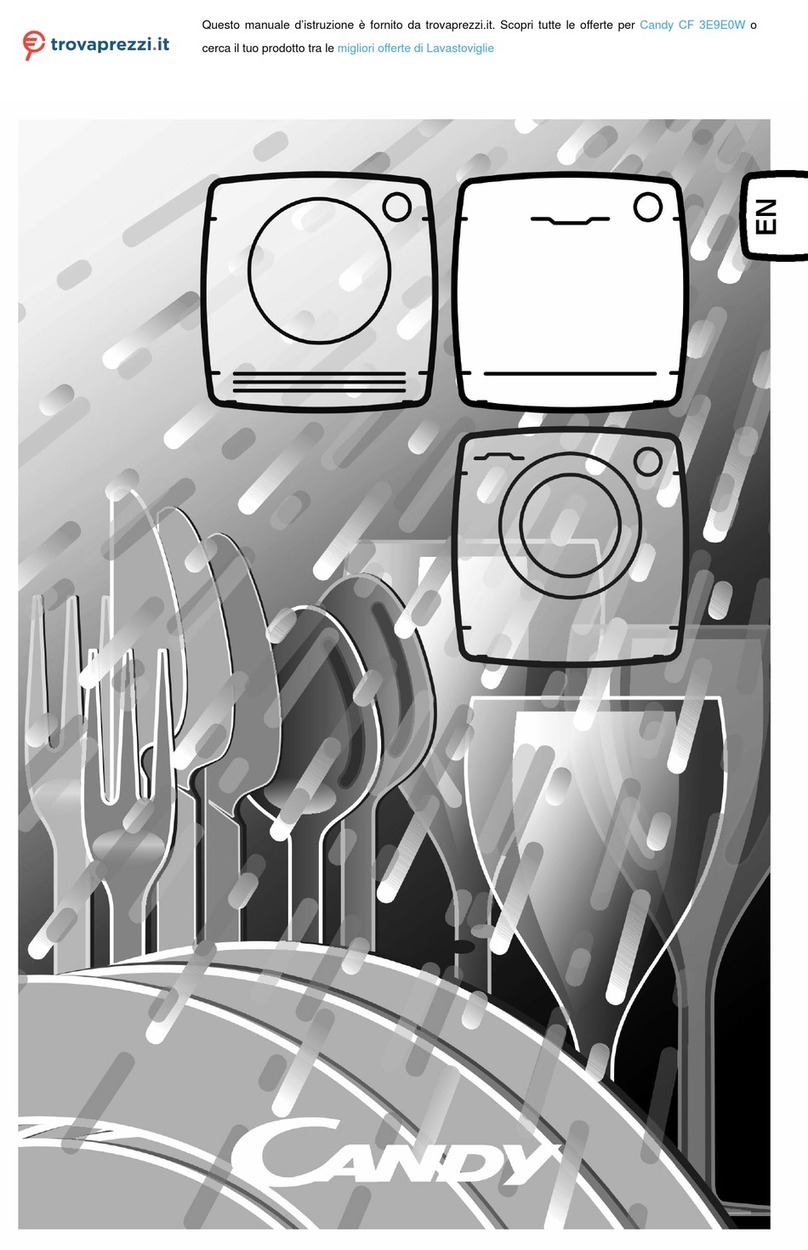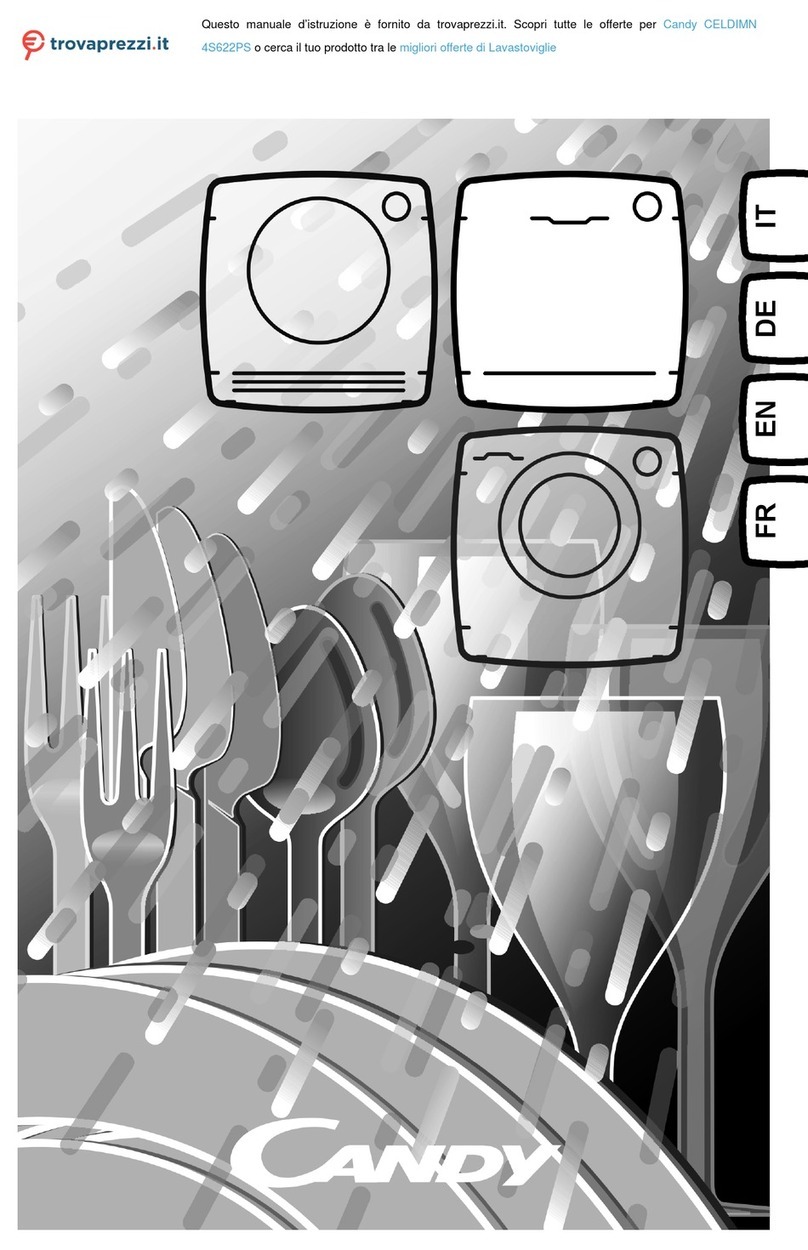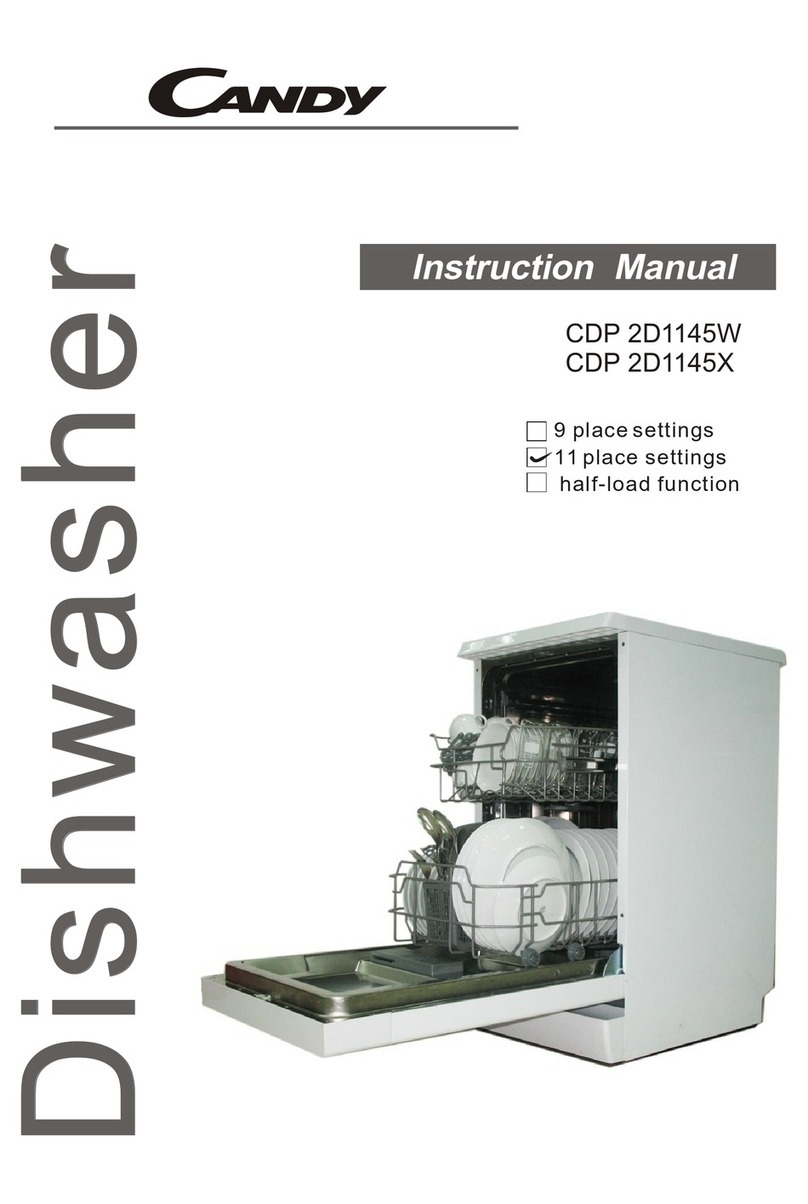
Dishwasher Features.................................... ...3
A Water Softener..................... ....................4、..
Attention before or after loading the Dishwasher
Baskets..........................................................9
FilteringSystem.............................................15
Caring for the Dishwasher..................... .........16.
B Loading the Salt into the Softener.................5、
C Fill the RinseAid Dispenser.........................5、
D Function of Detergent.................................6
、
Loadingthe upper ...............................10Basket
LoadingtheLower ...............................10Basket
Cutlery Basket..............................................11
Therecommended method loading big
dishware.................................................... ...12
WashCycleTable...........................................13
Turning on theAppliance................................14
Change the Programme.............. ................14....
At the endof the Wash Cycle...........................14
PositioningtheAppliance................... ..........17..
Water Connection.................................. .......18.
About Power Connection........................ .......17.
Start of dishwasher................................ ......19..
Before callingfor service........................... .....20.
Errorcodes.................................... ..............21.
Technical information.............................. .....22..
ControlPanel...................................................3
To review the section on troubleshooting Tips
will help youto solve some common problems
by yourself .
Dear Customer,
Please carefully readthis manual before using the
dishwasher,it will help you to use and maintain the
dishwasher properly.
Pass it on to any subsequentowner of the appliance.
This manual contains sections on safety Instructions,
OperatingInstructions,InstallationInstructionsand
Troubleshooting Tips, etc.
The manufacturer, following a policy ofconstant
developmentand updatingof the product, may
make modifications without giving prior notice.
This usermanualshallalsobegot from the
manufactureror responsible vendor.
Keep it to refer to it at a later date.
If you can not solvethe problems by yourself ,
please ask for the help of professional technicians.
